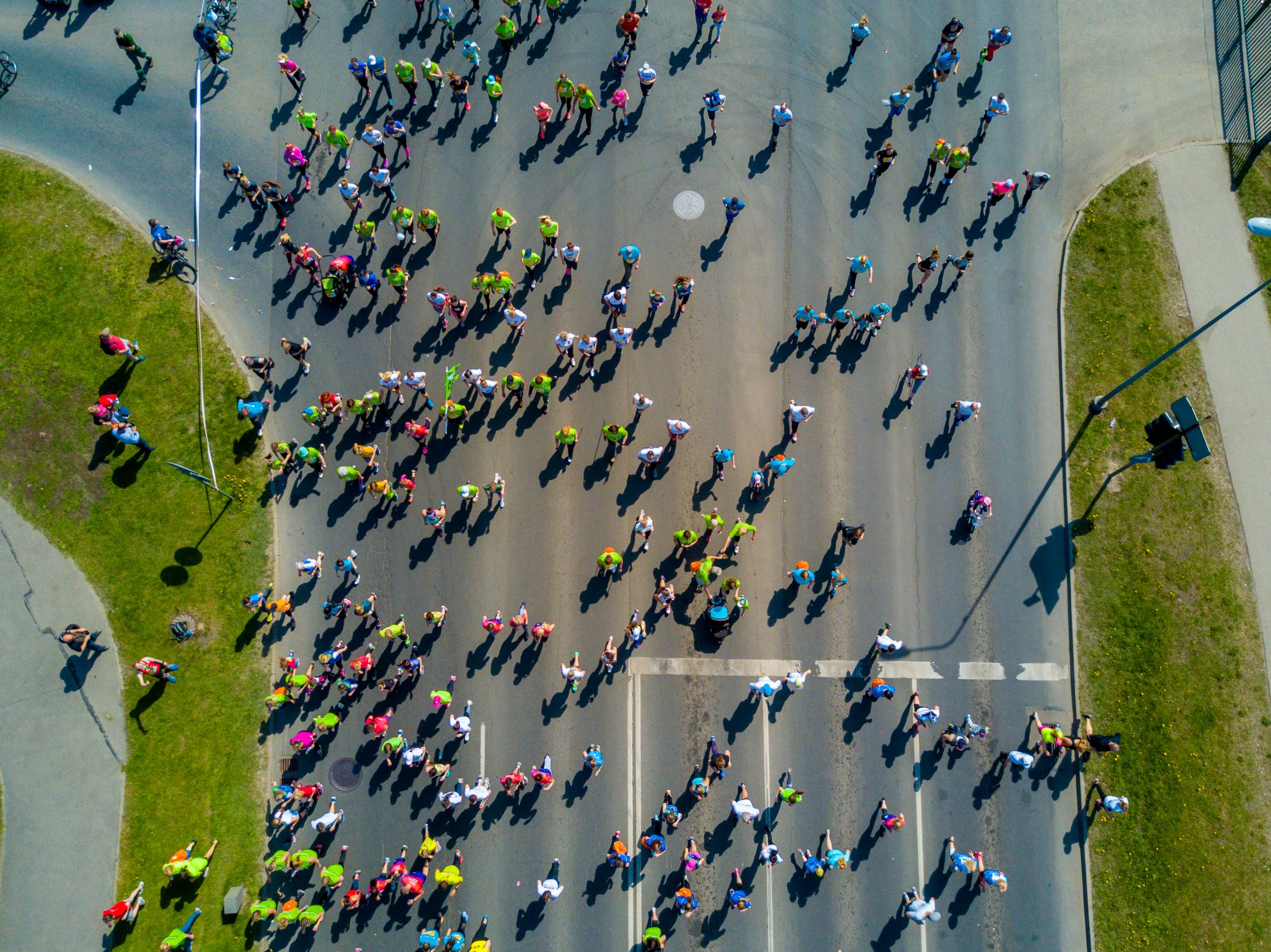When it comes to sprinting, especially in the 400m race, mastering your running technique is crucial for achieving optimal performance. Unlike longer distances, the 400m combines both speed and endurance, requiring a unique approach to running mechanics. A solid understanding of your running technique can make all the difference in your race times and overall stamina.
Here are some key reasons why focusing on running technique is essential for the 400m:
- Efficiency: Proper technique helps in minimizing energy expenditure, allowing you to maintain speed without burning out.
- Speed Maintenance: A well-executed technique enables you to sustain high speeds throughout the race, especially as fatigue sets in.
- Injury Prevention: Understanding your biomechanics can help reduce the risk of injuries caused by improper form, which is vital for any athlete.
- Acceleration and Deceleration: The ability to accelerate quickly and maintain pace is crucial in the 400m, and technique plays a pivotal role in mastering these transitions.
By honing your running technique, you can significantly improve your performance and enjoy the journey of sprinting. Whether you are a seasoned runner or just starting out, investing time in perfecting your form will pay off in the long run. Visit our website to learn more and get started today! Click here.
Key Elements of Efficient Running Form for 400m

Understanding the key elements of efficient running form is essential for any athlete seeking to excel in the 400m. Each component of your running form contributes to overall performance and can make or break your race. Here are the crucial elements to focus on:
- Posture: Maintaining an upright posture is vital. Keep your shoulders relaxed and align your head, neck, and spine. This alignment helps in reducing air resistance and promotes optimal breathing.
- Arm Movement: Your arms play a significant role in balancing your legs. Keep your elbows at around a 90-degree angle and swing them forward and back, matching the rhythm of your legs without crossing your body.
- Foot Placement: Aim for a midfoot strike rather than landing on your heels or toes. A midfoot landing allows for better propulsion and minimizes the risk of injury.
- Cadence: Strive for a higher cadence, which means taking shorter, quicker steps. This can help maintain speed and reduce fatigue over the course of the race.
- Breathing: Proper breathing technique is crucial for sustaining energy levels. Practice rhythmic breathing that matches your strides to optimize oxygen intake.
By focusing on these elements of running form, you can enhance your efficiency, speed, and stamina, setting yourself up for success in the 400m race.
Breathing Techniques to Optimize Your 400m Performance

Breathing is an often-overlooked aspect of running, yet it can significantly impact your 400m performance. Efficient oxygen intake not only fuels your muscles but also helps maintain your pace throughout the race. Here are some effective breathing techniques to optimize your performance:
- Diaphragmatic Breathing: Focus on breathing deeply into your diaphragm rather than shallowly into your chest. This technique allows for greater oxygen exchange and promotes relaxation, which is crucial during the intensity of a 400m.
- Rhythmic Breathing: Establish a breathing rhythm that matches your stride. For example, inhale for two strides and exhale for two. This synchronized pattern can help regulate your pace and maintain stamina throughout the race.
- Controlled Exhalation: Practice controlled exhalation by extending your breath out longer than your inhale. This can help you rid your body of carbon dioxide more efficiently, ensuring a fresh supply of oxygen for your muscles.
- Breathing Through Both Nose and Mouth: While it’s common to breathe through your mouth during intense exertion, incorporating nasal breathing when possible can enhance oxygen intake and promote a calmer state.
- Focus on Relaxation: Tension in your upper body can restrict your breathing. Keep your shoulders relaxed and maintain a loose jaw to facilitate easier airflow.
Integrating these techniques into your training routine can lead to improved endurance and overall performance in the 400m, allowing you to conquer the track with confidence.
Strength Training Exercises to Support 400m Running
To excel in the 400m, incorporating strength training into your routine is essential. This not only builds the necessary muscle power but also enhances your overall running efficiency and reduces the risk of injury. Here are some effective strength training exercises that can support your performance:
- Squats: This foundational exercise targets the quadriceps, hamstrings, and glutes. Variations such as front squats or jump squats can also improve explosiveness, which is crucial for sprinting.
- Deadlifts: Working on your posterior chain, deadlifts strengthen your hamstrings, glutes, and lower back. Incorporate variations like single-leg deadlifts to enhance balance and stability.
- Leg Press: The leg press machine allows you to lift heavy weights safely, focusing on your quads and glutes while also improving your power output.
- Lunges: Forward, reverse, and lateral lunges not only build strength but also improve your coordination and balance, which are vital for maintaining form during a race.
- Core Workouts: A strong core stabilizes your entire body while running. Incorporate planks, Russian twists, and medicine ball exercises to enhance core strength.
Incorporating these strength training exercises into your weekly routine can enhance your speed and endurance, allowing you to tackle the 400m with increased power and efficiency.
Mental Strategies for Enhancing Your 400m Race Experience

Running the 400m is not only a test of physical endurance but also a challenge of mental fortitude. Developing effective mental strategies can significantly enhance your racing experience and performance. Here are some key techniques to help you stay focused and motivated:
- Visualization: Imagine yourself successfully completing the race. Picture each step, the rhythm of your breathing, and the feeling of crossing the finish line. This mental rehearsal can boost your confidence and prepare you for the actual race day.
- Positive Self-Talk: Replace negative thoughts with affirmations. Phrases like “I am strong” or “I can do this” can help maintain a positive mindset, especially when fatigue sets in.
- Goal Setting: Establish clear, achievable goals for your race. Whether it’s improving your personal best or simply finishing strong, having specific objectives can keep you motivated and focused.
- Mindfulness: Practicing mindfulness can help you stay present during the race. Focus on your breathing, your form, and the rhythm of your strides to prevent distractions from overwhelming you.
- Race Day Routine: Develop a pre-race routine that calms your nerves and gets you in the right mindset. This could include listening to music, warming up, or engaging in light stretching.
These mental strategies can transform your approach to the 400m, allowing you to run with clarity and confidence. By enhancing your mental toughness, you will not only improve your performance but also enjoy the race experience to its fullest.
Common Mistakes to Avoid in 400m Running Technique

As you hone your running technique for 400m, it’s essential to recognize and avoid common pitfalls that can hinder your performance. Here are some frequent mistakes that runners tend to make:
- Poor Start Technique: Many athletes underestimate the importance of a strong start. Failing to drive off the blocks effectively can waste valuable seconds. Focus on explosive power and maintaining a low posture during the initial phase of the race.
- Neglecting Form: Maintaining proper posture is crucial. Runners often hunch over or lean too far back, which can lead to inefficient energy use. Keep your back straight, shoulders relaxed, and arms moving in sync with your legs.
- Inconsistent Pacing: A common mistake is starting too fast and burning out before the finish line. It’s vital to develop a pacing strategy that allows you to sustain energy throughout the race. Practice your splits during training to find your optimal pace.
- Ignoring Breathing Technique: Runners sometimes forget to focus on their breathing, leading to inefficient oxygen intake. Incorporate rhythmic breathing patterns to ensure you’re maximizing your endurance.
- Overtraining: It’s tempting to push yourself, but overtraining can lead to injuries and burnout. Ensure you have a balanced training regimen that includes rest days and recovery.
Avoiding these mistakes will enhance your running technique and overall performance in the 400m. Visit our website to learn more and get started today! Click here.


